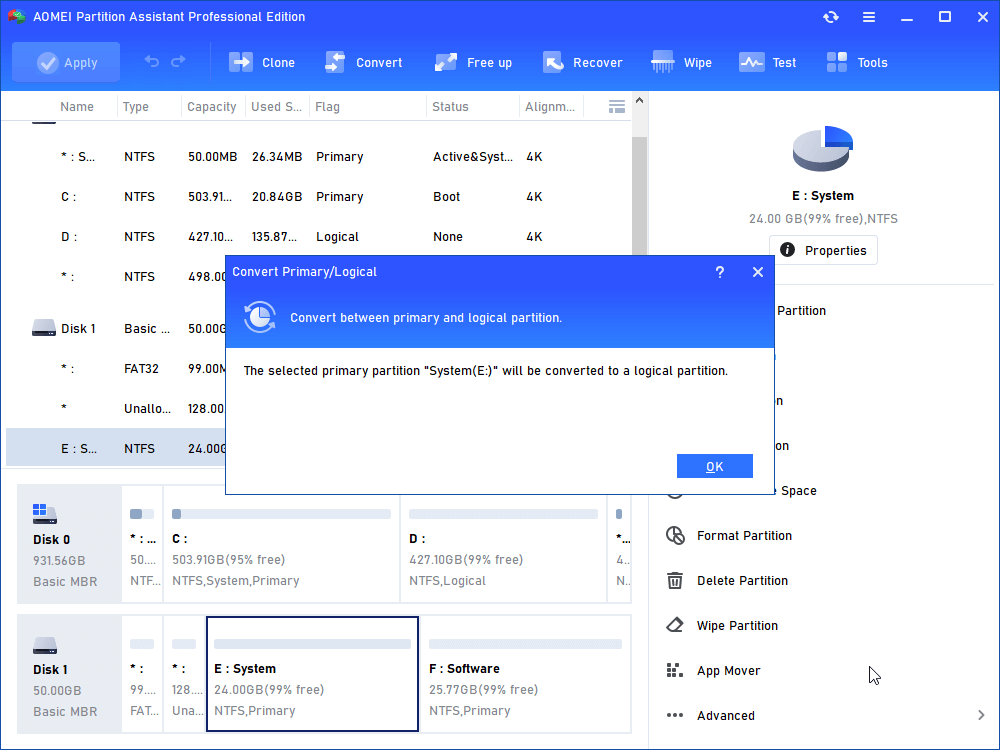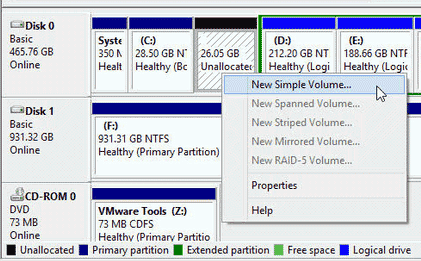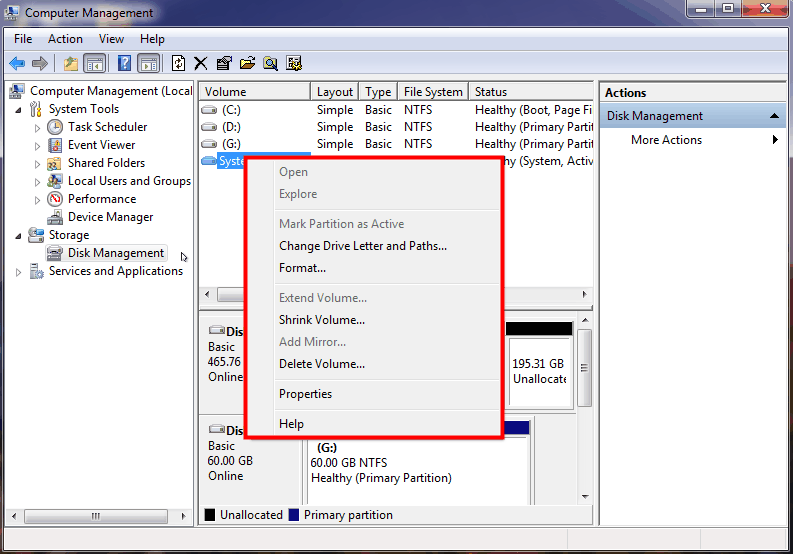

- LOGICAL VOLUME MANAGER WINDOWS HOW TO
- LOGICAL VOLUME MANAGER WINDOWS DRIVER
- LOGICAL VOLUME MANAGER WINDOWS FULL
- LOGICAL VOLUME MANAGER WINDOWS WINDOWS 10
- LOGICAL VOLUME MANAGER WINDOWS PASSWORD
Logical volume name: Specify a volume name, for example, lvdata1.

Logical volume size: Specify a value smaller than the volume group's available space, either in MB or GB.Lvcreate -L Logical volume size -n Logical volume name Volume group name Run the following command to create a logical volume:.Create a logical volume in the volume group.Information similar to the following is displayed: ~]# vgdisplay

Run the following command to query details of the volume group:.Volume group "vgdata" successfully created Information similar to the following is displayed: ~]# vgcreate vgdata /dev/vdb /dev/vdc Multiple names are separated with spaces. Physical volume name: Specify the name of a physical volume to be added to the volume group.Volume group name: Specify a volume group name, for example, vgdata.Vgcreate Volume group name Physical volume name 1 Physical volume name 2 Physical volume name 3. Run the following command to create a volume group:.Create a volume group for the physical volumes.In the command output, the system has two new physical volumes named /dev/vdc and /dev/vdb. PV UUID srv5H1-tgLu-GRTl-Vns8-GfNK-jtHk-Ag4HHB "/dev/vdb" is a new physical volume of "10.00 GiB" PV UUID dypyLh-xjIj-PvG3-jD0j-yup5-O7SI-462R7C "/dev/vdc" is a new physical volume of "10.00 GiB" Information similar to the following is displayed: ~]# pvdisplay Run the following command to query details of the physical volumes:.Physical volume "/dev/vdc" successfully created. Physical volume "/dev/vdb" successfully created. Information similar to the following is displayed: ~]# pvcreate /dev/vdb /dev/vdc In this example, run the following command: If multiple physical volumes need to be created in a batch, specify multiple device names and separate them with spaces. Pvcreate Device name 1 Device name 2 Device name 3.ĭevice name: indicates the disk device name. Run the following command to create physical volumes using EVS disks:.Create physical volumes using EVS disks.In the command output, two EVS disks are attached to the ECS, and the device names are /dev/vdb and /dev/vdc. Run the following command to view and take note of the device names:.
LOGICAL VOLUME MANAGER WINDOWS HOW TO
LOGICAL VOLUME MANAGER WINDOWS PASSWORD
Set Kali root password and enable root login.How to change from default to alternative Python version on Debian Linux.Netplan static IP on Ubuntu configuration.How to enable/disable firewall on Ubuntu 18.04 Bionic Beaver Linux.How to install Tweak Tool on Ubuntu 20.04 LTS Focal Fossa Linux.Starting from Windows 8 and Windows Server 2012, Microsoft deprecated LDM in. Linux IP forwarding – How to Disable/Enable Developed by Microsoft - a logical volume manager for Microsoft Windows NT.How to use bash array in a shell script.
LOGICAL VOLUME MANAGER WINDOWS DRIVER
LOGICAL VOLUME MANAGER WINDOWS WINDOWS 10
LOGICAL VOLUME MANAGER WINDOWS FULL
By the end of this tutorial, you’ll have a full understanding of how to use LVM and apply your own configurations. We’ll also show how to mount, extend, and remove our newly created logical volumes. LVM works the same on any Linux distribution, so you can use any of the commands below on your own system.įollow along with us as we use LVM to create partitions, physical volumes, a virtual group, logical volumes, and filesystems on a hard disk. There’s no better way to learn about LVM than simply running through an example, which is exactly what we’ll do in the steps below. In this guide, you’ll learn how LVM works on Linux systems. As the name implies, it can sort raw storage into logical volumes, making it easy to configure and use. Logical Volume Manager (LVM) is used on Linux to manage hard drives and other storage devices.


 0 kommentar(er)
0 kommentar(er)
